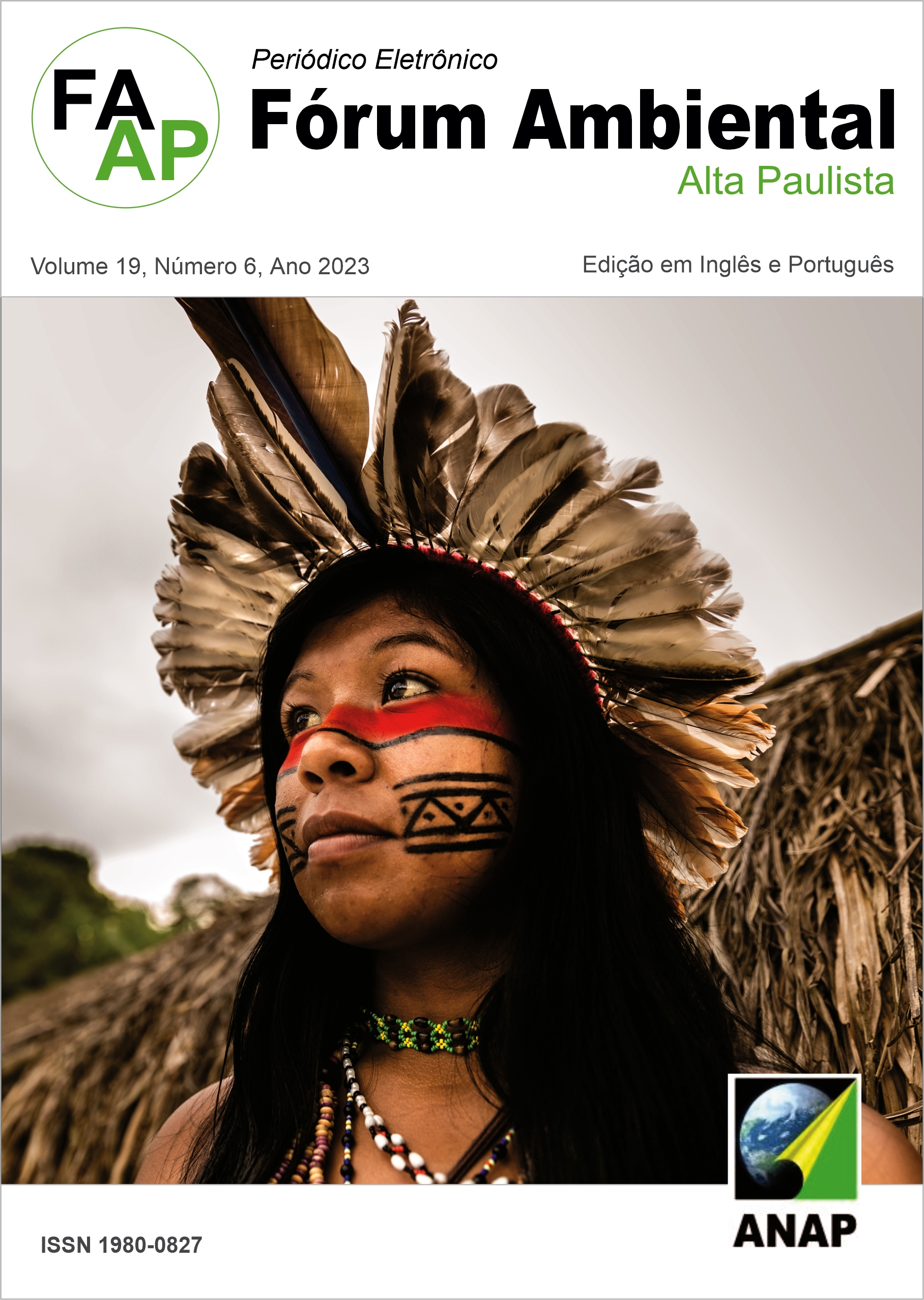Water heritage in Macapá, Amapá: mapping of the wetlands
DOI:
https://doi.org/10.17271/1980082720120244714Keywords:
Ressacas, Wetlands, AmazonAbstract
Cities, given their complexity, are in a constant development process and changes happen in all segments. By studying the urban form it is possible to understand how the various parts of the city have ordered and interconnected themselves, integrating the larger whole. To understand the dynamics present in the relationship of the wetlands (ressacas) in the city of Macapá, Amapá, in this research a timeline was built from the definition of historical periods. It was considered relevant for the city the development periods that correspond to events that drove important changes in the administrative process with direct implications in the urban fabric of the city. Thus, the foundation of the Village of São José de Macapá was defined as a milestone, passing through the creation of the Federal Territory of Amapá and, finally, the creation of the Amapá State. The maps with the urban development of the city were produced attending to these events and, therefore, cover the period from the foundation in 1758 until the year 2020. For the synthesis mapping of the ressacas comprised in the urban environment of Macapá, a map was elaborated with the indication of each area. The disordered urbanization process, increased by migration, results in serious social problems faced by the cities. One of them, the lack of housing, results in the occupation of regions close to the urban core not yet occupied, adding new morphological regions to the city. This region presents an important set of ressacas (wetlands) that are contained in the urban area of the city, which are prone to profound environmental transformations, such as the landfilling process that has been taking place over the years.
Downloads
Downloads
Published
Issue
Section
License

This work is licensed under a Creative Commons Attribution-NonCommercial-ShareAlike 4.0 International License.












